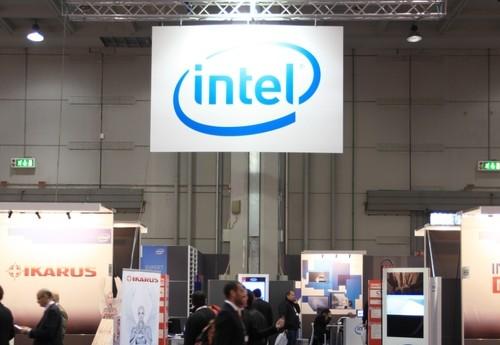Intel's Common Xeon/Itanium Systems Delayed Again
Intel has delayed its plans to make its 64-bit Itanium chip compatible with its Xeon socket architecture, a shift in plans which adds another drop of irrelevance to the once-proud 64-bit architecture. On Jan. 31, Intel posted a statement on the Itanium portion of its Web site, officially confirming that its "common socket" plans may die of old age. "Intel has updated the definition of the next generation Itanium processor, code named “Kittson.” Manufactured on Intel’s 32-nm process technology, Kittson will be socket-compatible with the existing Intel Itanium 9300/9500 platforms—something that, at least in theory, will translate into performance improvements and a clear upgrade path for current systems. "The modular development model, which converges on a common Intel Xeon/Intel Itanium socket and motherboard, will be evaluated for future implementation opportunities," Intel said. Kittson is due in 2014, according to Intel's public processor schedule, and will succeed the current chip, Poulsen, which Intel released last November. A decade ago, Intel's shift would have been front-page news in the data center world. In 1999, IDC predicted that Intel Itanium or IA-64 sales would total $25 billion per year by 2002. But by 2001, when the Itanium was actually released, IDC had cut its estimate in half and AMD released its own 64-bit architecture. Sledgehammer and Itanium were beginning to be seen as a very large, very expensive solution. The goal of a common socket was to allow the Xeon and the Itanium to share as many components as possible, providing a smooth step up and down between the Itanium and the much more cost-effective Intel Xeon platform. In 2004, Intel announced plans to bring the common socket to market by 2007. "One of the things we've talked about is should the socket be the same, so a designer can design one system," an Intel spokesman said at the time. Intel, however, brought the Nocona processor to market that same year, straddling 32-bit and 64-bit architectures, and added the dual-socket 64-bit Potomac and Cranston processors a year later. With Intel effectively making its own Itanium product irrelevant, the common socket infrastructure was seen as an escape hatch. Now, with longtime delays in the common socket infrastructure, it seems fair to say that Intel itself doesn't seem willing to make the investment, letting Itanium slowly wither away. Oracle, for example, only designs applications for the Itanium under court order. Although Hewlett-Packard is by far the largest customer of the Itanium, it's not the only one: last November, Bull, Hitachi, Inspur and NEC also said that they would sign on to produce systems based upon Poulsen, a version of the Itanium with power optimization technologies that consumes 8 percent less power in active mode and 80 percent in idle mode. Image: Adriano Castelli/Shutterstock.com
